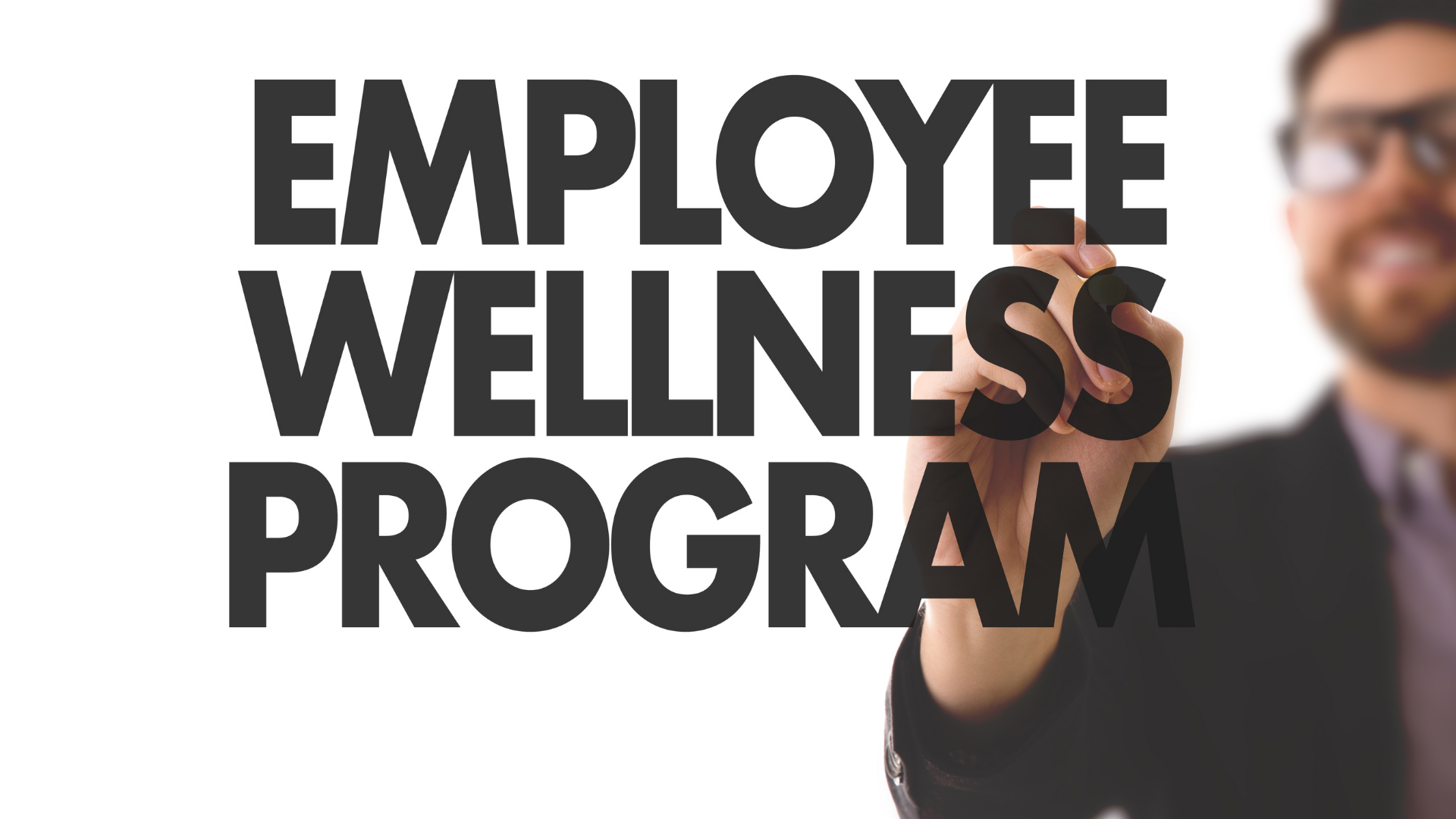There’s a kind of buzz you can feel in the room when a group of young professionals walks in. I have felt it many times in workshops and induction programs. The energy, curiosity, and enthusiasm that younger teams bring with them can be incredibly refreshing. But it also means I need to shift my facilitation style quite a bit to meet them where they are.
We work with organizations like IOCL, PepsiCo, and IMRB, helping to shape their corporate induction journeys or campus-to-corporate transitions. Often, our goal is to bring core values alive through experiential learning. And when we’re dealing with younger teams, we’re essentially helping them bridge a mindset gap. They often come from education systems that reward individual achievement. Corporate life, on the other hand, demands collaboration. Our role is to support this shift from “me” to “we”.
Over time, I’ve learned that while younger teams may lack experience, they bring other assets to the table. Here are some observations that have helped me adapt better:
- They’re open to learning. There’s little baggage.
- Their energy is high and their enthusiasm is infectious.
- Many of them are surprisingly mature and well-informed, far beyond what their years might suggest.
So, how can we as facilitators, managers, or peers engage them more effectively? Here are five things I’ve found useful.
1. Tap Into the Power of Play
Table of Contents
It still surprises me how underrated play is in professional development. Many people dismiss it as frivolous, but it’s one of the most effective ways to learn. Play is immersive. It allows people to try, fail, reflect, and try again.
Years ago, I came across Tim Brown’s TED Talk on “Serious Play”, and it hit home. He spoke about how play fuels creativity and helps us become more adaptive and collaborative. I have seen this happen first-hand in countless workshops. Games and activities that are framed around collaboration, challenge, and curiosity help young people engage deeply without even realizing they are learning.
Confucius put it simply: “What I hear, I forget. What I see, I remember. What I do, I understand.” That has been our anchor. When we use well-crafted experiential activities, the room lights up. Conversations become richer. Insights become personal. And more importantly, the learnings stick.
Also Read: The Power of PLAY
2. Maintain High Energy Through the Day
Young professionals often come with more energy than their older counterparts. But that energy is not infinite. If not channeled well, it can fizzle out by midday. We have noticed a clear slump post-lunch in many workshops.
That’s why we design sessions with energy in mind. When attention starts to dip, we introduce high-energy activities. These could be short physical games, quick rounds of music-led movement, or spontaneous storytelling circles. These bursts of activity recharge the group and reignite focus.
It’s also worth mentioning that the facilitator’s energy is equally important. If we’re not excited, why should they be? I often check in with myself between sessions, taking a few minutes to realign my own energy before stepping back in.
3. Go Outdoors When You Can
If you’ve ever seen a group of young professionals do a beach treasure hunt, you’ll understand why outdoor activities are so powerful. There’s something liberating about stepping outside the four walls of a meeting room. The fresh air, the change of pace, the competitive fun, it all adds a different dynamic to learning.
We’ve designed beach Olympics, city-based scavenger hunts, and simple rope challenges that test problem-solving skills and collaboration. When participants physically move together, build something together, or laugh together, they begin to connect more authentically.
If your workspace doesn’t allow for a full outdoor setup, even small adjustments can help. Use open spaces. Let people stand, walk, or stretch. Add visual challenges that get people out of their seats. The goal is to break the monotony and encourage whole-body engagement.
You can explore some of our creative approaches here: Creative Cadence Challenge
4. Use Storytelling That Resonates
If there’s one thing that never fails, it’s a good story. Especially for younger teams who may still be finding their voice in the workplace, stories provide an anchor. They connect ideas to emotions. And they offer a way to explore values, dilemmas, and decisions without feeling lectured.
When I share a personal story from my first job, I can see heads nodding. When I talk about a team that failed spectacularly but came back stronger, the group leans in. But here’s the catch, not all stories work. The stories need to be relevant, relatable, and real. And they need to be told with honesty.
A few tips that have helped me:
- Keep it short and focused. Too much detail loses people.
- Connect it to the theme of the session.
- Let the story end with a question, not just a moral. That opens up conversation.
I also encourage participants to tell their own stories. We often use prompts like “Tell us about a time you felt like an outsider” or “Share a moment when you surprised yourself”. These stories bring the group together and unlock self-reflection in ways that slides never could.
Also Read: 5 Elements of Storytelling
5. Build a Culture of Psychological Safety
Young professionals are often at a stage where they are unsure whether their ideas will be welcomed or judged. Creating a psychologically safe environment is crucial for them to speak up, try new things, and ask questions.
We make it a point to set ground rules early. No interrupting. No mocking. Questions are welcome. Feedback is given respectfully. When we consistently model and enforce these principles, trust begins to grow. And when trust grows, learning deepens.
Facilitators can also role model vulnerability. Sharing a mistake or admitting that you don’t have all the answers goes a long way in making the space more human.
Psychological safety is not built overnight, but small steps go a long way.
If you’re interested in exploring this further, check out this program we offer: Building Psychological Safety
A Few Caveats to Keep in Mind
Younger teams are enthusiastic, but that also means they can get carried away. During physical activities, we always emphasize safety. We assign supervisors to observe and intervene if needed. Clear instructions, repeated as needed, help avoid confusion. And yes, we stop any activity the moment we spot risky behavior.
Also, while it’s tempting to ride the wave of energy, I’ve learned not to push too hard. Breaks are important. Silence is okay. Not every moment has to be filled with noise or action.
Final Thoughts
Working with younger teams continues to teach me new things every day. Their questions challenge my assumptions. Their energy inspires me to show up fully. And their growth reminds me why I do what I do.
If there’s one clear takeaway, it’s this: Younger teams don’t need to be “handled”. They need to be heard, engaged, and challenged in the right ways. As leaders and facilitators, our role is to create spaces where they can explore, express, and evolve.
In today’s hybrid and fast-moving workplaces, engaging younger professionals is not about entertaining them. It’s about equipping them with the mindset and tools to thrive. And when done right, the rewards for the individual and the organization are tremendous










